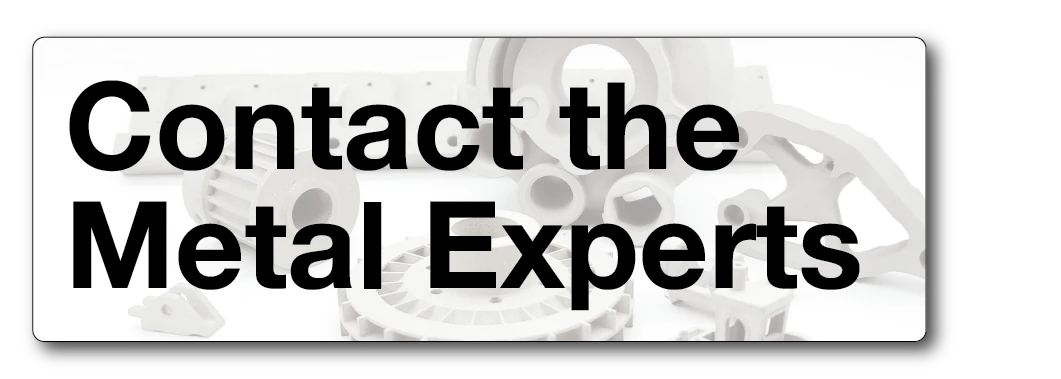
Pushing the Boundaries: Mastering Precision with Metal Injection Molding Tolerances
Metal injection molding (MIM) has become an increasingly popular manufacturing method for producing small, complex metal components with high precision. As industries such as aerospace, medical, and automotive continue to push the boundaries of design and performance, understanding metal injection molding tolerances is crucial to ensuring the success of these intricate parts. In this article, we will explore achievable tolerances with MIM, discuss factors that influence precision, and highlight the advantages of this manufacturing process.
Metal Injection Molding Tolerances: What Can You Achieve?
MIM is known for its ability to produce parts with tight tolerances and excellent surface finish. Generally, MIM can achieve tolerances of ±0.3% to ±0.5% of the nominal dimension, with an average tolerance range of ±0.003 inches (±0.076mm) per inch of dimension. However, it’s important to note that these tolerances vary depending on factors such as part geometry, material selection, and processing conditions.
Factors Influencing MIM Tolerances
When designing a MIM part, there are a variety of factors you need to consider, including:
Part Geometry
The complexity of a part’s geometry directly affects achievable tolerances. Features like thin walls, sharp corners, or intricate details may require tighter tolerances to ensure proper function and performance. In such cases, it’s essential to work closely with your MIM supplier to optimize the design and achieve the desired level of precision.
Material Selection
Different materials exhibit varying shrinkage rates during the MIM process, which can impact final part tolerances. Material selection should be based on the required mechanical properties, corrosion resistance, and dimensional stability of the final part.
Processing Conditions
The MIM process involves several steps, including feedstock preparation, molding, debinding, and sintering. Variations in processing conditions, such as temperature, pressure, and debinding methods can influence achievable tolerances. Maintaining strict process control and monitoring is essential for ensuring consistent part quality.
Advantages of MIM for High-Precision Parts
One significant challenge in the manufacturing industry is producing high-precision parts required for specific applications. Most times, these parts are designed with intricate geometries that make them difficult to produce. Fortunately, metal injection molding offers a solution to this challenge by offering the following advantages:
Complex Geometries
MIM enables the production of intricate, high-precision components that would be difficult or impossible to achieve through conventional manufacturing methods like machining or casting.
Material Efficiency
Metal injection molding is an efficient process with minimal material waste. Since the feedstock can be reused, material costs are reduced, and overall production is more sustainable.
Cost Effective for High-Volume Production
MIM is particularly advantageous for producing high volumes of small, complex parts, as the process becomes more cost-effective with increased production qualities.
Wide Range of Materials
MIM supports a broad array of materials, including stainless steels, low-alloy steels, and even superalloys, allowing for the production of parts with specific mechanical and performance characteristics.
Metal Injection Molding Tolerances: Precision in Every Part
Achievable metal injection molding tolerances are a critical factor in the success of high-precision, small, and complex components across various industries. By understanding the factors influencing MIM tolerances and working closely with MIM suppliers, engineers can optimize designs and leverage the advantages of this process to create parts that meet the most demanding specifications.
Ready to learn more? Check out our other resources.

